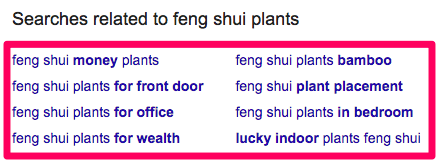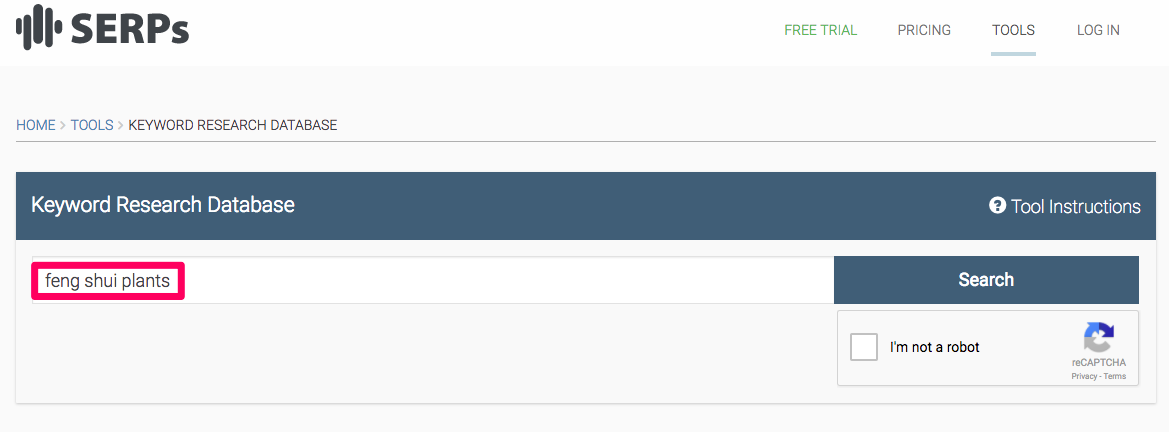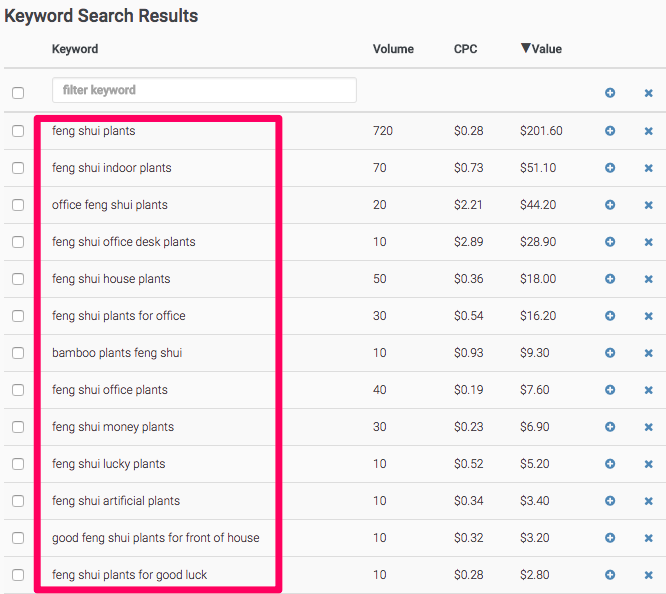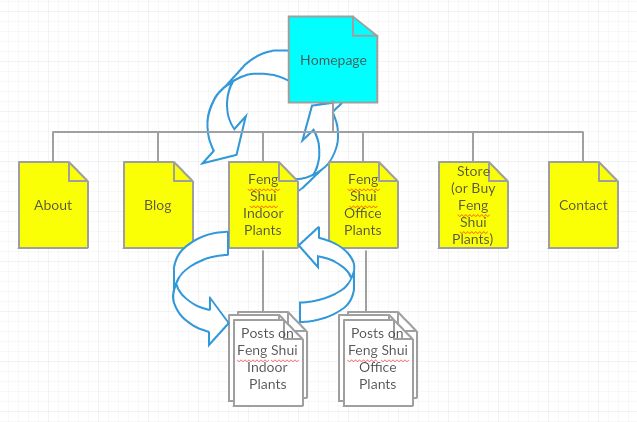The architecture of the website is an important on-page SEO Factor. If you do it right, search engines and visitors will understand the content of your site and easily find the information they need.
So, if you are planning a new website (or reorganizing the existing site), work on your structure to improve SEO and the overall user experience. To do this, you must work on three things:
- Your content organization,
- Navigation and
- Internal link
Let’s see how SEO and a friendly website structure are created.
3 steps to create a website architecture that improves SEO
#Step 1: Plan (and organize) the content of your website
The first thing to do when planning and organizing the content of a new site is to list the different categories of content that the site will cover.
Once you have identified the content topics you will cover, it is easy to find relevant ideas, create the content and place the parties in the right organization.
Real-life scenario
Let’s take an example to see how you can choose the right content categories.
Suppose we want to build a website about Feng Shui plants. Our website will have a blog that will analyze tips for buying, placing and maintaining Feng Shui plants. You will also have a store.
So, to find the different content categories on this site, let’s start with some basic Google searches.
Obviously, our keyword will be “Feng Shui Plants”.
The search has the following related keywords:

As you can see, 2-3 good content categories arise from this: indoor feng shui plants, feng shui office plants, and wealthy feng shui plants (or feng shui money plants).
Let’s create a list and add these keywords.
Keep in mind that when you find two similar ideas, such as “feng shui money plants” and “feng shui plants for wealth”, don’t count them as two topics because they are essentially the same.
In such cases, compare the two terms with Google Trends. And choose the most popular.

In our example, of course, the idea of ”feng shui plants for wealth” is much more popular than “feng shui money plants.” So let’s go with the first one.
To dig deeper, we will use a free SERPS keyword research tool. This tool will provide more information about the content that will be covered on our site.

As you can see below, SERPs suggest some long-tail keywords for our initial keyword:

Of these, the content theme about “artificial feng shui plants” seems interesting. Add it to our list.
To get more ideas, use the newly found content themes and repeat the process.
Professional advice
Another way to find content topics is to consult question and answer sites such as Quora and Answer the Public. As mentioned by Pardeep Goyal
Search queries, especially the ones that are in the form of questions are a great way to look for seed keywords.
Pardeep Goyal
Each of these queries have motivations & emotions of people behind it. Often, the queries are specific and centered around a users problem and so provide new keyword opportunities. Perhaps, one of the best but very underutilized sources of research for your keyword ideas.
At the end of this exercise, you will have a list of content categories to cover in your blog. To keep this example simple, I will use only three categories for now:
- Feng Shui Office Plants
- Feng Shui Indoor Plants
- Artificial feng shui plants
At this point, you will know what content you are covering and where each post would go. For example, if you write a publication called “Top X air-purifying Feng Shui plants for your home” , you will know in which category it belongs.
#Step 2: Create site navigation that reflects the organization of the content
Now, if we create the navigation menu for our sample site, we will include the obvious pages such as About, Blog, Store and Contact. In addition, we will also add two more pages “Feng Shui Office Plants” and “Feng Shui Indoor Plants” in the main menu.
This will look like our main navigation menu:

Now, why do we add these two pages to our menu?
Well, because that will help us rank our site for these target keywords.
How?
With the help or cornerstone content.
The basic content, as Yoast explains, is a critical part of the overall SEO landscape. This fundamental content is just “a single page that is the center of the content on this topic.”
Therefore, on our key content page for “Feng Shui Office Plants”, we write simple content on the subject and link to each article we have on our site in this category.
If a user searches for “feng shui office plans,” there is a great chance that Google will show you our key content page. And when the user clicks and visits our page, he finds links to the most relevant articles on the topic he was looking for.
When planning the information architecture of your site, be sure to follow a pyramidal style.
In the image above we have “Start” and below there are different pages (and the following subpages).
Moz states that this structure:
“… has the minimum amount of links possible between the homepage and any given page. This is helpful because it allows link juice (ranking power) to flow throughout the entire site, thus increasing the ranking potential for each page.”
Moz
Step 3: Create a rich internal link network
Once you plan your content and set up a solid architecture to maintain it, your last step is to use internal links to paste everything. Users and search engines will use these links to obtain more information about the related content on their site.
Yoast and Moz recommend the same linking strategy: they suggest linking each content to a feature that has an increasingly high level of information hierarchy.
Website link architecture design
See the image below to get an idea. As you can see, the home page has links to the page of the Feng Shui office plant. And this page, in turn, contains links to the various pieces of content on the subject. Similarly, these pieces of content or publications have links to the home page.

By doing so, Yoast explains that he improves his SEO “because he is linking pages that are closely related to each other in terms of content …”
Every time you post something new in any of its categories, update your main content page on that topic with a link to the new article. In addition, link to the cornerstone content page of the new article. Portent’s Zac Heinrichs tells how this step can improve SEO for new content. He says:
“You can get search engines to naturally index new content more quickly by linking to it from high value pages like your home or category pages.”
Ending …
So that is what creates a site architecture optimized for SEO. I hope you learned something useful in this article.
Preview Image Credit: Shutterstock
